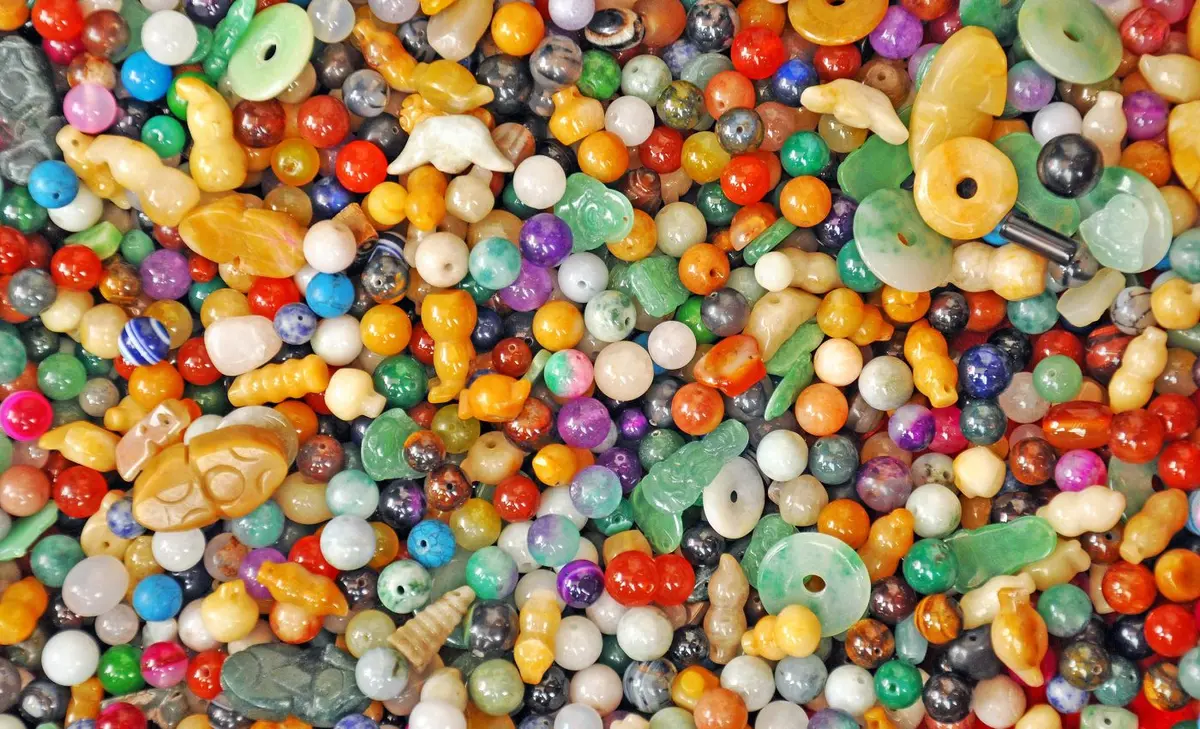Seville, Spain — In a major archaeological discovery with implications for our understanding of prehistoric social structure, a team of Spanish researchers has unearthed the world’s largest known collection of shell beads in a Copper Age tomb near Seville.
The Montelirio tholos, located beneath the town of Valencina de la Concepción, dates back to between 2875 BCE and 2635 BCE. The site recently revealed a stunning cache of over 270,000 marine shell beads, carefully arranged on garments that once adorned the deceased—mainly women.
Archaeologists believe these elaborate outfits, made of scallop-shell discs sewn onto linen fabric, served not for everyday wear but for ceremonial display. With their reflective surfaces, pigments of cinnabar and amber, and sheer weight (over 200 pounds), the garments were unmistakable markers of wealth, coordination, and power.
The discovery comes from a chamber just 100 meters from the famed “Ivory Lady” burial. In it lay the remains of twenty individuals—fifteen identified as female. Two women near a small altar wore the most intricate beadwork, suggesting senior status in spiritual or leadership roles.
What makes this find especially significant for regional observers is the scale of organization required. Researchers estimate that it would have taken ten skilled artisans more than 200 full days to create the beadwork in one chamber alone. That level of effort implies food surplus, labor specialization, and a collective ritual calendar—all signs of an advanced and stratified society.
The beads were shaped from Atlantic scallop shells, indicating ties between inland communities and maritime environments. The symbolic use of seashells—common across many prehistoric societies—may reflect early beliefs linking the ocean to fertility, rebirth, and feminine power.
This discovery is not just a window into ancient Iberian culture, but a global reminder that elaborate social systems—and powerful women—existed long before written records. The garments, shimmering in silence for over 4,500 years, now speak clearly of a time when shell, thread, and ceremony defined authority.
The full findings were published in the journal Science Advances.







